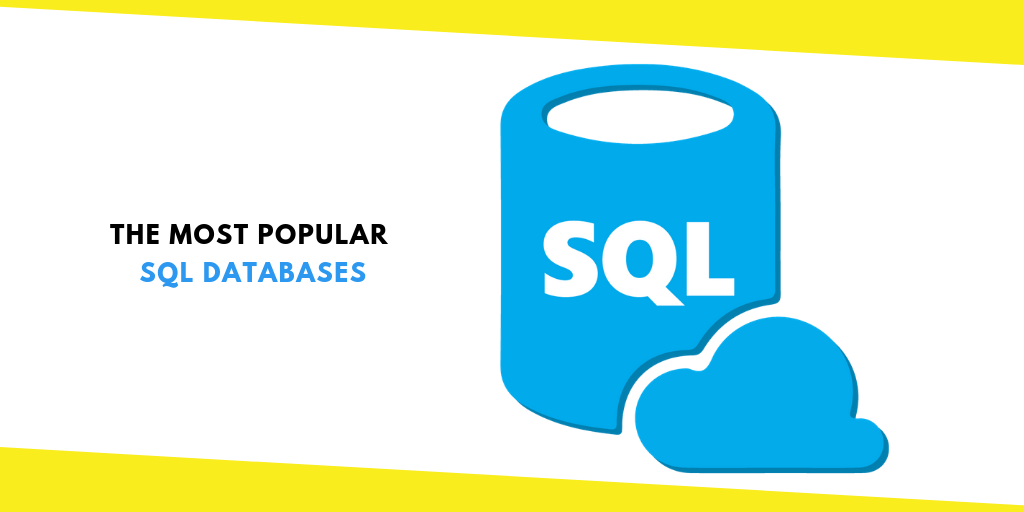The Most Popular SQL Databases

The SQL database is designed to store complex information in a reliable manner. The relational database management system (RDBMS) is a modern type of database. It stores information in a logical, organized manner so it can be found easily later.
Links can be drawn between different areas of the database, known as a table, which can be joined together to make connections. For instance, a Customer table can be joined with an Orders table to find all orders for a specific customer. Non-SQL databases cannot do this as easily or effectively.
In this article, we look at the most popular SQL databases in use today.
Contents
Toggle1. Oracle
For larger organizations, they tend to use Oracle. It’s a battle-tested database system that was originally created in the 1970s. It is available in its latest version in various options for different types and sizes of user to make it more affordable for corporations to adopt.
The Oracle database can be accessed using SQL language, but some modifications are required due to Oracle’s proprietary features. It is one of the most robust performers but it’s also prohibitively costly. As a result, while corporations may use it internally for an intranet or in private cloud storage, it’s not often seen in a commercial web hosting environment.
2. MySQL
MySQL is a leading database system with its wide adoption in commercial environments and in web hosting environments. Indeed, when getting a Linux-based web hosting package, most often it’s MySQL that is offered with the ability to create several databases with ease.
There are both free versions (with paid support) or paid versions designed for commercial users. MySQL is known for true SQL compatibility, broad familiarity among hosting companies and programmers, solid security, and reliability and fast processing of SQL queries.
When wanting to learn SQL, planning to use MySQL using a LAMP setup on a home PC is not a bad idea at all. It gives you the chance to practice your SQL code as you learn it and experiment without worrying about making a mistake.
3. MariaDB
MariaDB is forked off of MySQL. The fork (a new project based on the original code) was created when it was announced that Oracle were buying MySQL.
The workings of MariaDB from its basic functionality up to the architecture are very recognizable for SQL programmers and previous users of MySQL. Migrating data back and forth is not the easiest, but it’s got a strong set of corporate users like Wikimedia and Google who trust it.
4. Microsoft SQL Server
SQL Server is Microsoft’s RDBMS. It’s primarily used on Window-based networks and hosting platforms (there is a Linux version too).
Microsoft SQL Server is the SQL database of choice for Windows developers and programmers of ASP or ASP.Net that is most frequently used on Windows systems and Windows hosted environments.
It’s enterprise-ready, tracks data changes and is a powerful product in its own right. It’s robust, but like Oracle it’s also costly for small businesses to run internally. On the hosting side, Windows hosting packages are notably pricier than Linux-based ones with licenses for Windows Server and SQL Server access pushing up costs for hosting companies and end users.
Along with the above database systems, PostgreSQL should also get a mention as a frequently used object-oriented SQL database. MongoDB on the non-relational database side of the page is well respected too.
You may like this
Recommended For You
Have You Got What It Takes to Become a Special Education Teacher?
Most Inside
Most Inside offers high-quality recommendations and valuable updates to enhance all aspects of your life, providing premium guidance and enriching experiences.




